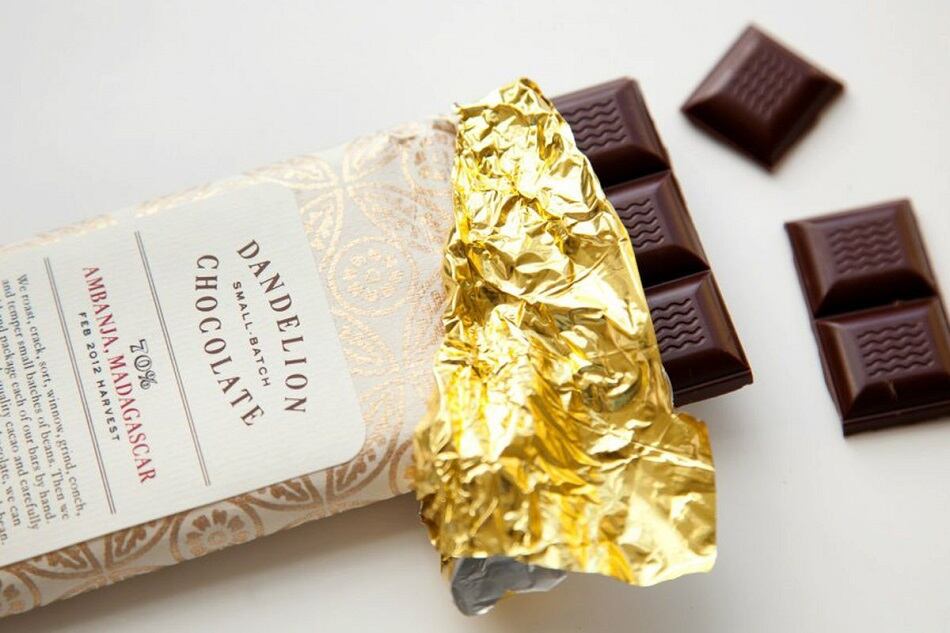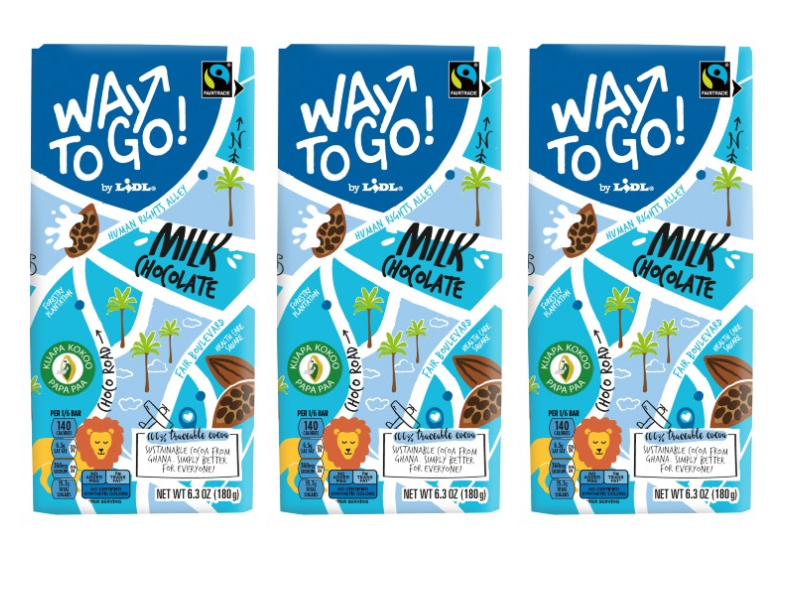"Consumers picked up on the exclusive and specialty nature of these products," said lead researcher of the study, Allison Brown, a food science doctoral candidate in Penn State’s International Agriculture and Development dual-title degree program.
The study is one of the first to research what consumers find to be desirable attributes when purchasing craft chocolate bars, said lead researcher Allison Brown, food science doctoral candidate in the college's International Agriculture and Development dual-title degree program.
"The US craft chocolate market is estimated to be worth $100m and growing," Brown said. In 2018, The Fine Chocolate Industry Association (FCIA) stated that there were over 300 craft chocolate* makers, most of which are located in the US.
According to a National Confectioners Association (NCA) analysis of sales performance of chocolate from March 15, 2020 to August 9, 2020, premium chocolate sales in the grocery channel were up 21.4% year on year, outpacing the rest of the candy category which increased by 16.6% over the same time period.
"However, many companies are small startups with few employees. They do not have marketing teams to guide their brand strategies. Our findings will help them make decisions that could have a large impact on their businesses."
The research did not receive any industry sponsorship and was supported by the US Department of Agriculture (USDA) National Institute of Food and Agriculture (NIFA) Federal Appropriations under Project PEN04624 and Accession number 1013412.
Craft chocolate perceived as ‘novel’ and ‘exciting’
Presented with a variety of chocolate products including mainstream (i.e. Hershey’s Milk Chocolate bar), premium (a Lindt Cocoa Dark Chocolate Bar, a Green and Black's Organic Dark Chocolate Bar, and an Endangered Species Dark Chocolate with Sea Salt and Almonds), and craft chocolate (Dandelion Chocolate 70% Ambanja, Madagascar) samples, participants were asked to give their opinions on flavor, packaging, sustainability labels, and other aspects that they found to be appealing or unappealing.
While most participants responded favorably to all of the chocolate samples – as Brown pointed out, “It’s hard to make chocolate undesirable,” – they focused more on extrinsic cues, such as packaging (e.g. thick, gold foil wrapping) and messaging, rather than intrinsic attributes (e.g. flavor) to judge product quality.
For example, almost all consumers found the craft chocolate sample to be “novel and exciting,” likening it to coffee and wine in terms of flavor and packaging elements, noted Brown.
“In fact, when the Dandelion bar was revealed, participants were anxious to try it, and in focus group four, participants squealed with delight,” wrote researchers in the study.
'Participants squealed with delight'
Researchers also found that participants were more likely to associate high-quality chocolate with the presence of the percentage of cocoa on the label, and the inclusion of additional ingredients such as sea salt, almonds, or fruit.
When it came to sustainability labels, such as "Organic" and "Fair Trade," reactions were mixed. The presence of such labels piqued some participants’ interest, while others distrusted their presence on the chocolate bar. These attitudes were reflected in participants' willingness to pay for products with certifications -- some participants indicated they would spend more for these products, while others would not pay more for chocolate with sustainability labels, noted researchers.
Meaning was another selling point, with participants placing a higher value on chocolate bars made by companies that had an interesting backstory, supported a cause, or featured a person's name, according to the study’s findings.
"All consumers in our focus groups were interested in meaning, which craft chocolate makers can communicate through the use of a story, a cause or a personal affect. Once craft chocolate companies succeed in communicating trust to the consumer, they may directly target other elements of joy, such as nostalgia, and/or utility, such as gifts," wrote researchers.
Study takeaways and commercial implications
“The findings clearly outline how craft chocolates are perceived differently from premium and mainstream chocolates,” noted study author Helene Hopfer, assistant professor of food science at Penn State.
"The findings highlight the importance of a story behind the product and show that consumers derive a purpose and joy from chocolate. We also determined the importance of availability, price and packaging as proxies for perceived chocolate quality," said Brown.
In addition, the findings will aid craft chocolate companies when making decisions about product development and marketing, said researchers.
"We recommend that craft chocolate makers investigate methods to distinguish themselves from premium chocolate to justify their price and encourage premium chocolate consumers to trade up," wrote researchers. One method, they said, could be to use premium chocolate consumer descriptors of craft chocolate to emphasize flavor and taste attributes when communicating their product.
"Additionally, we recommend that craft chocolate companies acknowledge the extrinsic packaging details that premium chocolate consumers paid most attention to: chocolate origin, a handcrafted aesthetic, cocoa percentage, the color gold, and thick foil," added researchers.
* Defined in a 2017 paper by Dr. Kristy Leissle as: (a) one that starts with cocoa beans and produces finished chocolate (“bean-to-bar”); (b) is not owned by one of the “Big Five” multinationals (Mondelēz International, Inc; Ferrero-Rocher SpA; Nestlé SA; The Hershey Company; Mars, Inc.); (c) and was established during the recent wave of innovation, since 1996."


